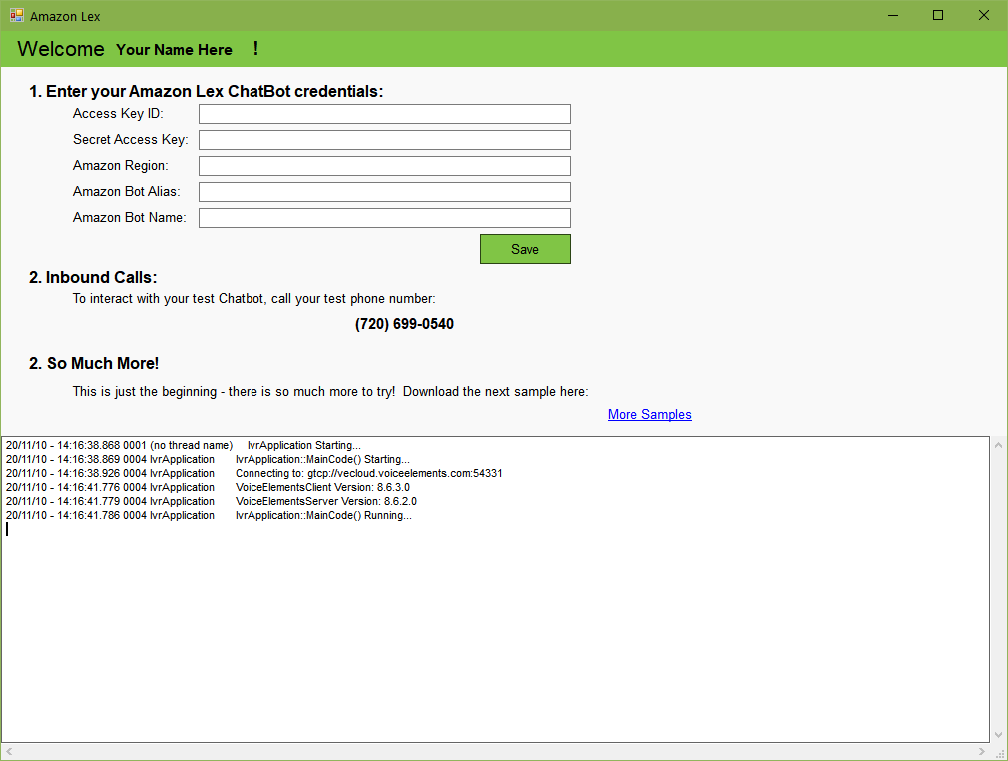Lex Compiler Editor Online
LEX: Lex - A Lexical Analyzer Generator M. Lex helps write programs whose control flow is directed by instances of regular expressions in the input stream. It is well suited for editor-script type transformations and for segmenting input in preparation for a parsing routine. Running lex and yacc on Linux systems. Editing files emacs and vi editors are available on dijkstra and can be used to edit your lex and yacc source files. If you have your own Linux machine or another environment within which you have lex and yacc installed, you can use your favorite text editor to work on your project. You can compile.
f/lex can be used as a standalone program generator and does not have to be part of a larger compiler system as the diagram above shows.
Actions:
- Standard input stream is processed to match regular expression.
- When a RE is matched, the corresponding body of code is executed.
- A return is possible after a match--the general use for a compiler project
- If no return, then the next RE is match
lex.cc.y can be set to another filename within flex as can be the input file name (we use scanner.specs)
The key function yylex() can be generated and combined with other codeinstead of being connected to the standard executable a.out
General format of a lex.l input file
declarations
%%
translation rules
%%
auxiliary procedures
Declarationsare made up of
- declarations of C variables used in the auxiliary procedures
- manifest constants (protocol uses all caps)
- regular definitions for use in the translation rules
Whatever is found between %{ and %} lines are copied without analysis or change by lex into the output file yy.lex.c
What follows are examples of regular definitions, names given to regularexpressions.
Translation rules
declarations
%%
translation rules
%%
auxiliary procedures
Translation rules are constructed as follows
r.e.1 {action1}
r.e.2 {action2}
....
r.e.n {actionn}
The actionsi are C code to be carried out when the regularexpression matches the input. Think event-driven programming.
For example:
Processing of tokens will continue through the list of actions until areturn() is performed.

The longest token is matched when there may be any ambiguity.
Predefined symbols
The following is an incomplete list of the global variables and functions ofimportance from lex.
- return(value); the major code returned from the call to lex
- yylvalglobal variable can be used to send a second code back
- yytext global variable points to character string of matched lexeme
- yylengglobal variable holding the length of the matched lexeme
- yylex() the function to call to invoke lex
declarations
%%
translation rules
%%
auxiliary procedures
Auxiliary functions can be added to this lex.l file. These functions will contain more C code that can be called by the actions of the translation rules, thus making the code in the translation rules simpler.
These functions can also be compiled separately-they need not be in the lexfile since linking with other files is likely.
Compiling (f)lex
Create your lexical source in the file lex.l and then compile it withthe command
- flex lex.l
The output of flex is a C source file lex.yy.c which you then mustcompile with the compiler of your choice
- gcc lex.yy.c -lfl
Lex pattern summary
| Match semantics | |
| zero or more copies of the previous expression (postfix unary) {ws}* | |
| one or more copies of the previous expression (postfix unary) {digit}+ | |
zero or one occurrences of the previous expression (postfix unary) | |
| any character except newline (n) | |
| the beginning of the line, e.g., ^'#include' | |
| the end of the line e.g., *.*$ | |
| the special character x, e.g. $ or ? (prefix unary) | |
| either the preceding expression or the following one (infix binary) | |
conditional: match the preceding expression only if followed by the following expression; useful for lookahead situations (binary) | |
| exactly what's inside the quotes | |
| any character from the string of characters; can use - for ranges of characters, e.g.[Ii] [0-9] [_ nt] | |
| any character not from the string of characters; can use - for ranges | |
| a named regular expression reference, e.g. {digit} | |
| minimum of n to a maximum of m repeats (postfix unary), e.g. {digit}{1,3} | |
| grouping |
This notation is used consistently in Unix.
- wildcard references in file operations (ls)
- pattern matching searches (grep)
- Lex is a program that generates lexical analyzer. It is used with YACC parser generator.
- The lexical analyzer is a program that transforms an input stream into a sequence of tokens.
- It reads the input stream and produces the source code as output through implementing the lexical analyzer in the C program.
The function of Lex is as follows:
- Firstly lexical analyzer creates a program lex.1 in the Lex language. Then Lex compiler runs the lex.1 program and produces a C program lex.yy.c.
- Finally C compiler runs the lex.yy.c program and produces an object program a.out.
- a.out is lexical analyzer that transforms an input stream into a sequence of tokens.
Lex file format
A Lex program is separated into three sections by %% delimiters. The formal of Lex source is as follows:
Mini C Compiler Lex Yacc
Definitions include declarations of constant, variable and regular definitions.
Rules define the statement of form p1 {action1} p2 {action2}....pn {action}.

Where pi describes the regular expression and action1 describes the actions what action the lexical analyzer should take when pattern pi matches a lexeme.
User subroutines are auxiliary procedures needed by the actions. The subroutine can be loaded with the lexical analyzer and compiled separately.